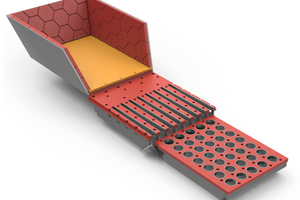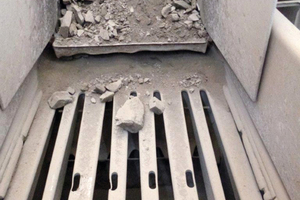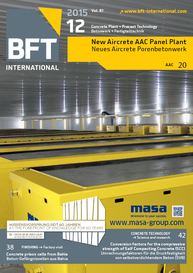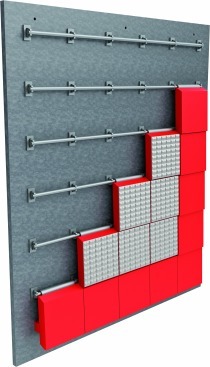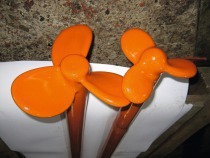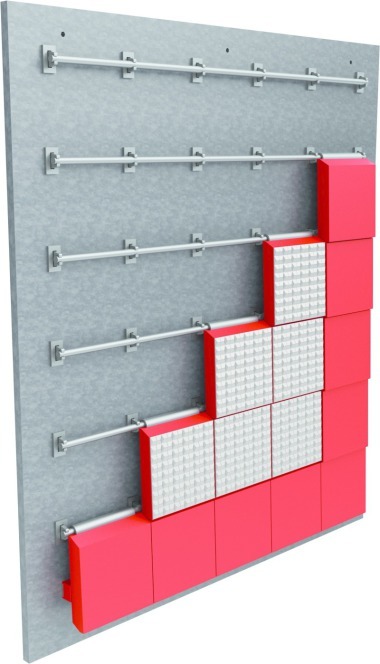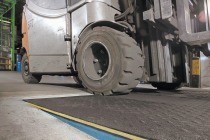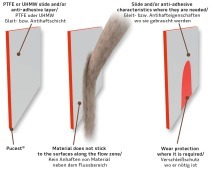Screening surface for extremely high demands
To reduce the noise emission will be more and more important for the building materials industry in the future. Noise is a burden for the employees at their workplaces as well as the people in the vicinity of the factories. Despite ever more stringent environmental regulations, the sound pressure levels are very high due to technological reasons. The costs for noise protection measures have to be taken into account. In this regard, the very best measure would be to reduce the noise emission directly where it is produced. There, the new generation of screening surfaces counteracts the...

